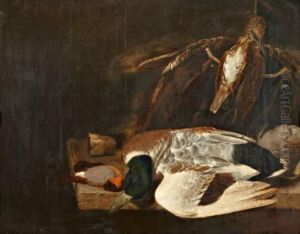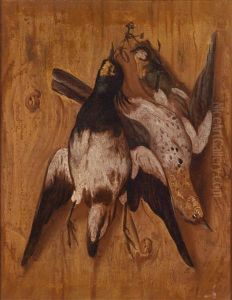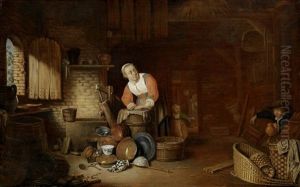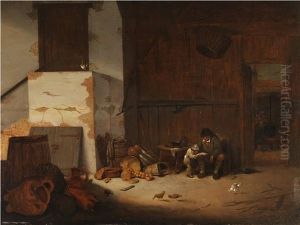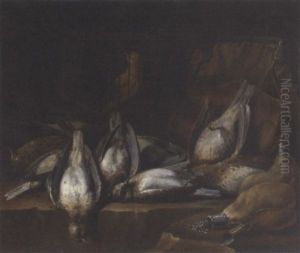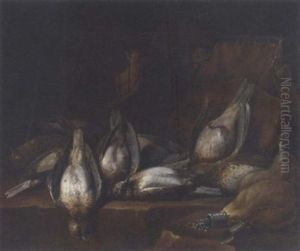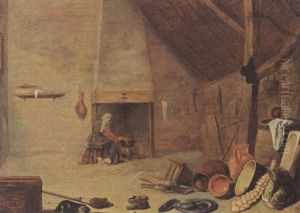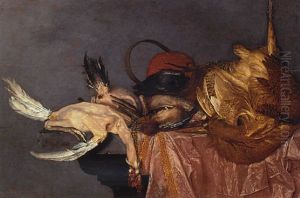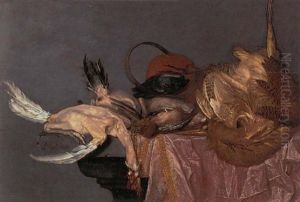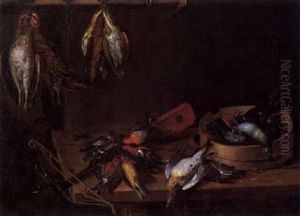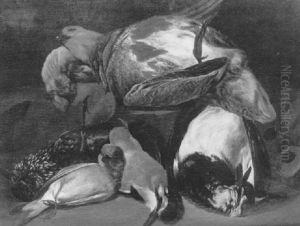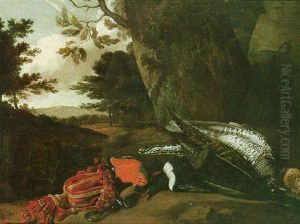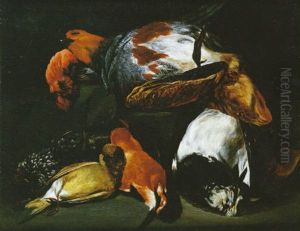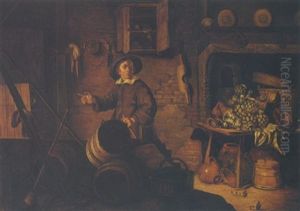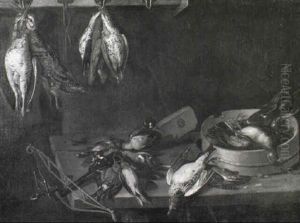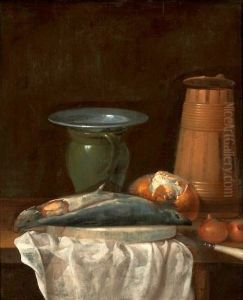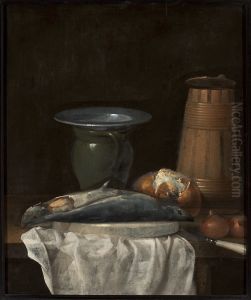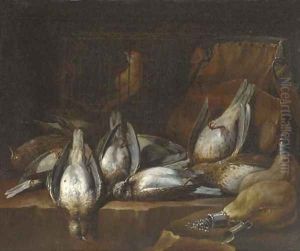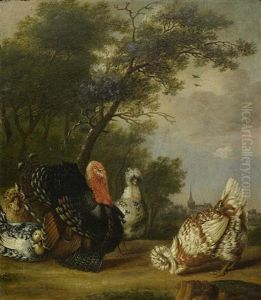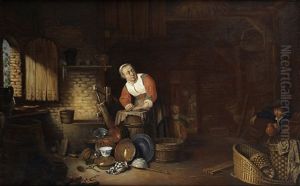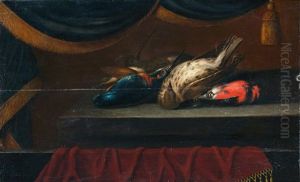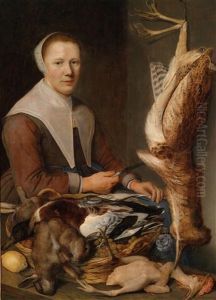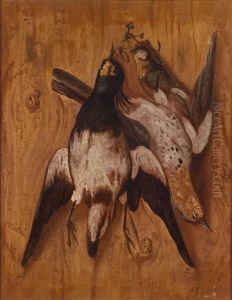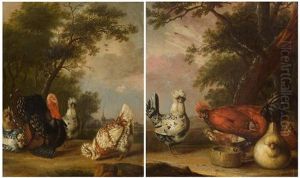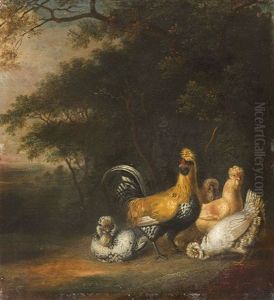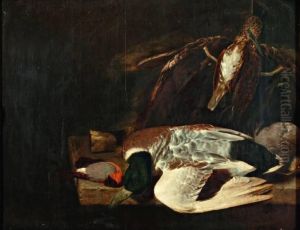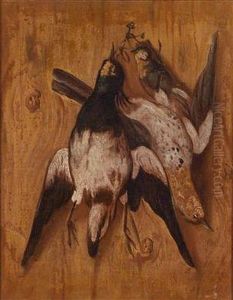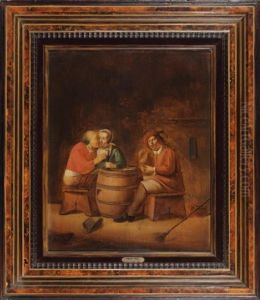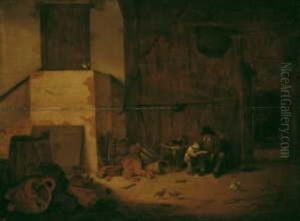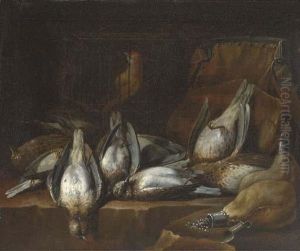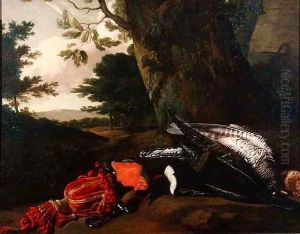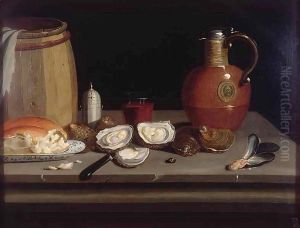Philips Angel Paintings
Philips Angel was a Dutch painter of the Golden Age, born in 1616 in Middelburg, and is believed to have died in 1683. He is sometimes referred to as Philips Angel I to distinguish him from his nephew, Philips Angel II, who was also an artist. Not to be confused with the more famous Pieter Angellis, Philips Angel I's life and work are not as well documented, and his oeuvre is not extensive.
Angel's early life is not well recorded, but he is thought to have been a pupil of the painter David de Haen. By the 1630s, he had moved to Leiden, where he became a member of the Leiden Guild of Saint Luke in 1639. It was during this time that Angel developed his skills as a genre painter and portraitist. His works often depicted scenes of everyday life, filled with vivid details and a sense of immediacy that reflected the tastes of the Dutch middle class.
One of Angel's notable contributions to art history was his treatise on painting, 'Lof der Schilder-konst', which he published in 1642. In this work, he discussed the art of painting and argued for the recognition of painting as a liberal art. The treatise also provides valuable insight into the artistic practices and theories of the time.
Despite Angel's talent and his contribution to the theoretical aspect of painting, he did not achieve significant fame during his lifetime, and his works were often overshadowed by those of his contemporaries. His style was characterized by a keen observation of light and shadow, and a penchant for capturing the textures and materials of objects, which gave his paintings a lively and realistic quality.
Angel's later life is even less documented than his early years. It is believed that he may have traveled to the Dutch East Indies, which was a common practice among artists of the time seeking new opportunities and patronage. However, little evidence exists to confirm his activities or his artistic production during this period.
Philips Angel I's death is recorded as having occurred in 1683, but the location and circumstances of his death remain unclear. Today, his works are held in various museums and collections, offering a glimpse into the life and artistic practice of a Dutch Golden Age painter whose legacy, while modest compared to some of his peers, still provides an interesting perspective on the era's art scene.
